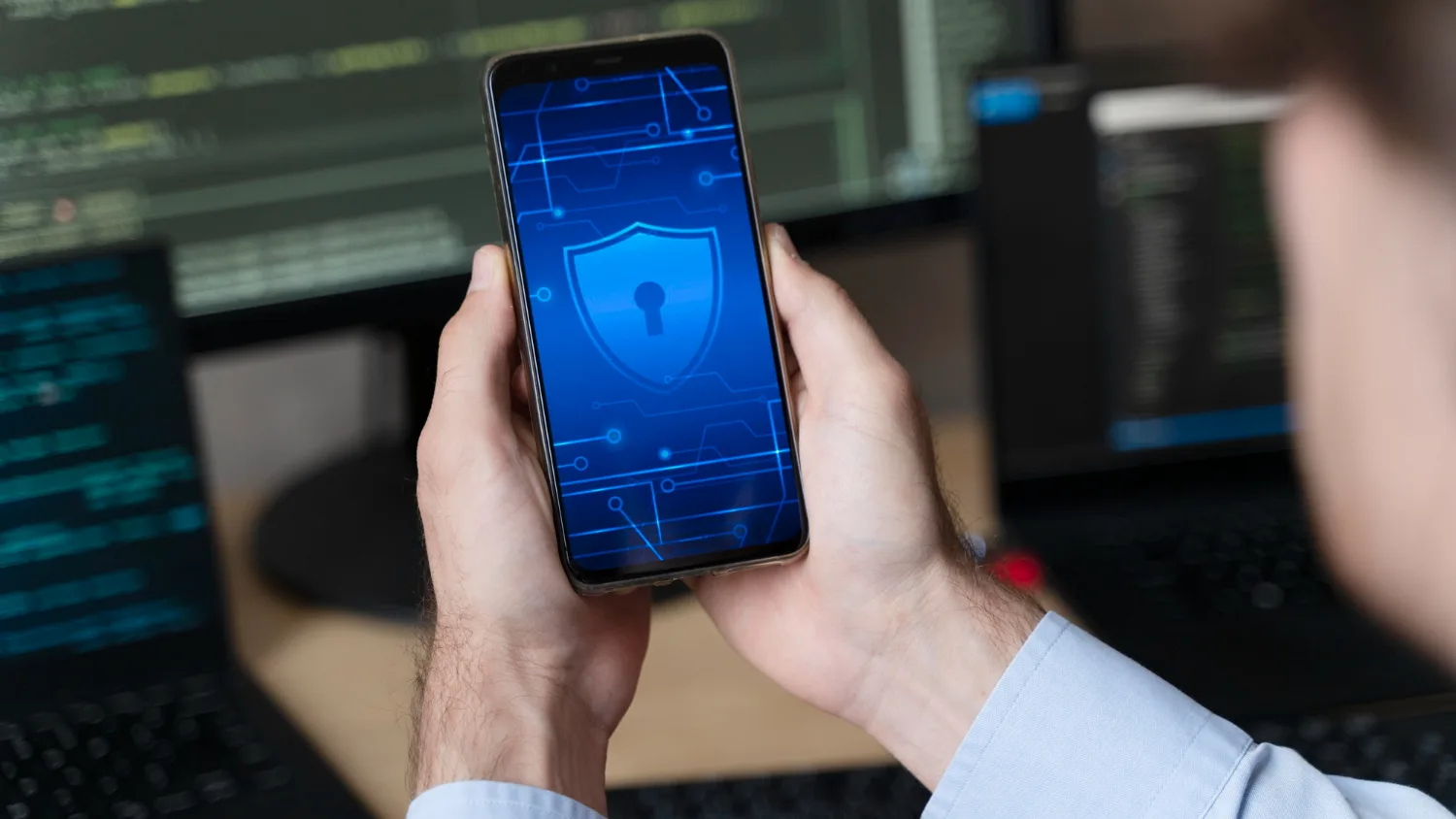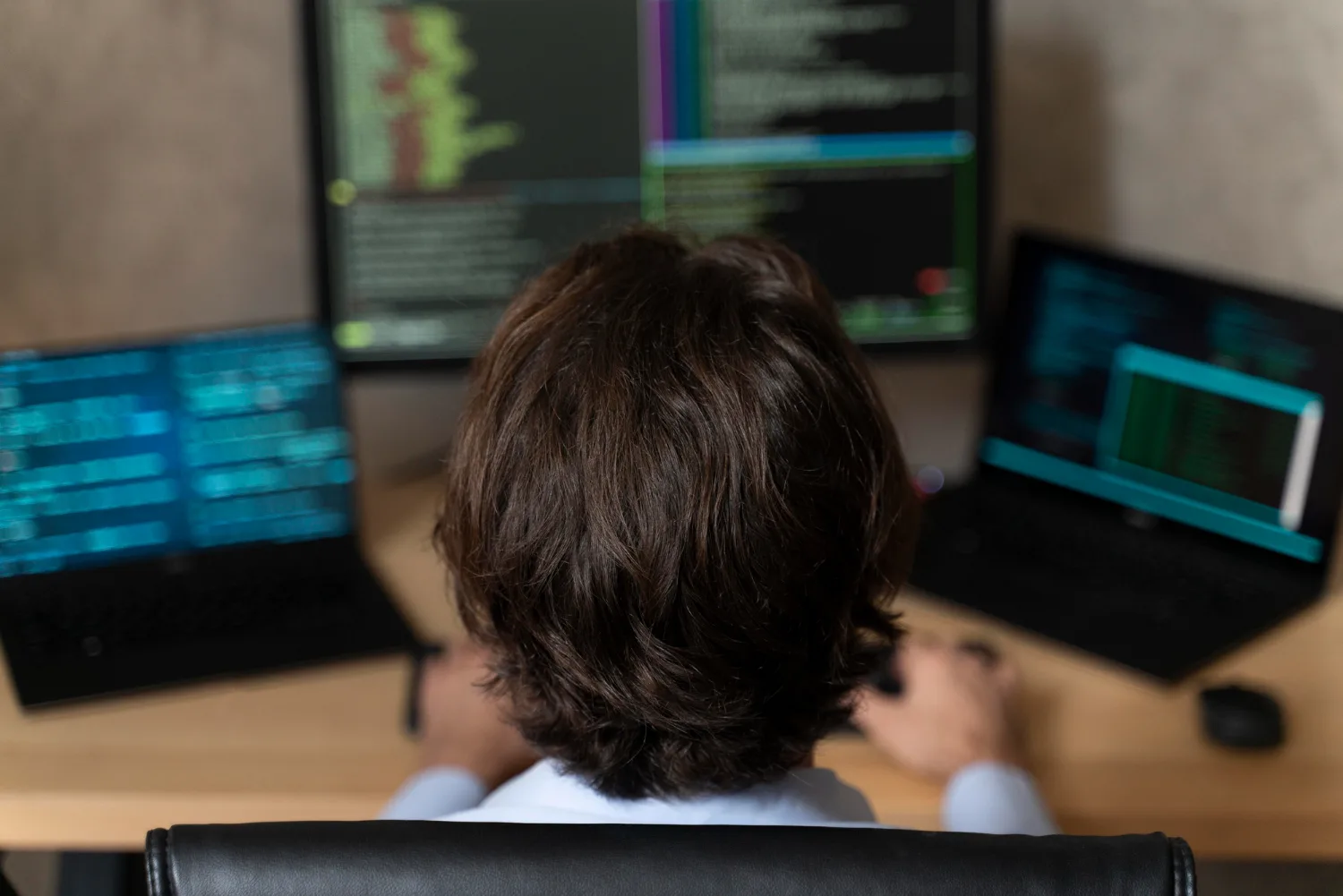To ensure a secure remote work environment, IT managers should implement a multi-layered security approach.
This includes strong password policies, two-factor authentication, secure VPNs, regular software updates, and thorough employee training.
Employees must grasp and follow these measures to safeguard company data from cyber threats.
How can strong authentication protocols safeguard remote work connections?
Securing remote work involves a critical step: implementing robust authentication protocols.
Two-factor authentication (2FA) is key, adding an extra layer by requiring a password and a second factor, like a smartphone app code or fingerprint.
This significantly reduces unauthorized access risk, as obtaining both factors is challenging for cyber criminals. For stronger security, consider biometric authentication, utilizing unique physical characteristics such as fingerprints or facial recognition.
Strong password policies are just as vital. IT managers should ensure that remote employees use complex passwords and change them regularly. Utilizing a password manager can also help by generating and storing robust passwords.
Educating employees on the importance of not reusing passwords across different accounts or sharing them unsecured is essential to prevent credential compromise. 🔑

What security practices should be in place for remote devices and connections?
All remote devices should have up-to-date security software to protect against malware and other threats. This includes antivirus programs, firewalls, and anti-spyware tools.
IT managers must enforce regular updates and patches for all software to close security loopholes. Secure connections via VPNs are crucial, encrypting data transmission to thwart intruders from snooping on company information.
IT managers should also consider mobile device management (MDM) solutions for company-provided or BYOD devices. These solutions can remotely enforce security policies and wipe data from lost or stolen devices, reducing the risk of data breaches.
How can regular audits and monitoring enhance remote work security?
Regular security audits enable IT managers to pinpoint vulnerabilities in the remote work setup. These audits should comprehensively assess the security infrastructure, covering network access points, database security, and the effectiveness of existing security protocols.
Consider employing penetration testing, wherein authorized attacks test the system’s defenses, aiding in the identification of weak spots.
Another key activity is continuous monitoring. Network monitoring tools can detect suspicious activity or traffic anomalies that may signify a security threat. Quick responses to these indicators can preempt data breaches or other cyber incidents.
Well-documented and rehearsed incident response plans are essential so that, in the event of a security breach, the team can act swiftly and efficiently.

In what ways can training and awareness programs fortify cyber security in remote workforces?
A well-trained employee is one of the most effective defenses against cyber threats 👩💼💻. Regular training programs about the latest phishing schemes and social engineering tactics can prepare employees to recognize and report potential threats.
These programs should also cover company policies regarding data security, the usage of company resources, and safe online behaviors.
Creating a culture of security within the company is equally important. Employees should feel they play a crucial role in the security of the organization and understand the potential consequences of security lapses. ⚠️
Announcements on recent security threats or reminders about best practices through newsletters or team meetings can keep security at the forefront of employees’ minds.
Conclusion
In conclusion, to safeguard remote work, IT managers must institute a series of comprehensive measures.
Strong authentication protocols with 2FA and complex passwords, secure devices and VPN usage, regular security audits, and persistent network monitoring form the technical pillars of remote work security.
However, the human factor is just as critical: Regular training and fostering a security-centric culture complete the circle of defense. By integrating these practices and promoting constant vigilance, remote work can be as secure as traditional office-based operations.
For further insights on remote work security, visit our Remote Work Security article. 🚀🔒
- The Agentic Startup Manifesto - June 8, 2025
- Remote Hiring in 2025 - April 5, 2025
- Burnout in Remote Teams: How It’s Draining Your Profits - January 27, 2025
